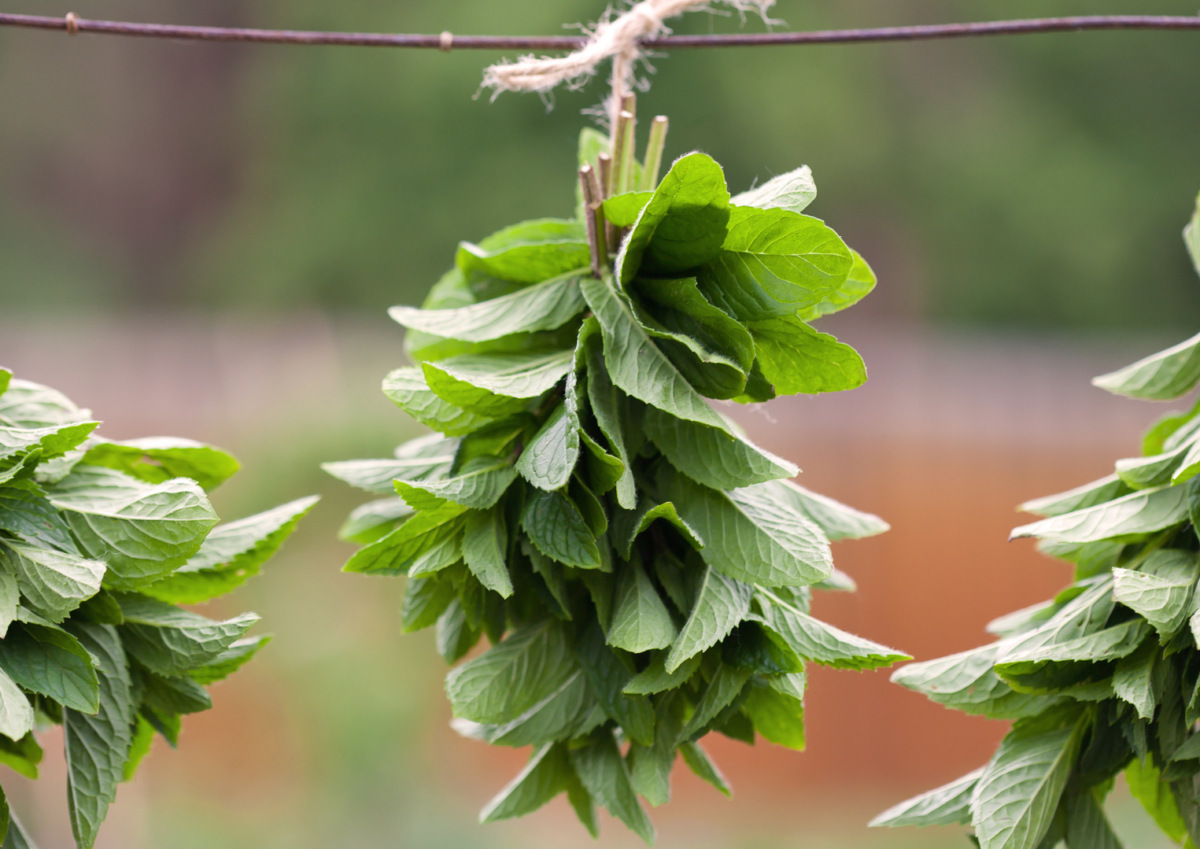

Articles
How To Store Mint Leaves
Modified: February 24, 2024
Discover the best methods for storing mint leaves in this comprehensive guide. Learn how to preserve their freshness and maximize their flavor. Perfect for articles discussing mint preservation.
(Many of the links in this article redirect to a specific reviewed product. Your purchase of these products through affiliate links helps to generate commission for Storables.com, at no extra cost. Learn more)
Introduction
Mint leaves are a versatile herb, known for their refreshing flavor and numerous health benefits. Whether you grow mint in your garden or purchase it from the store, knowing how to store it properly ensures that you can enjoy its vibrant taste and aroma for longer periods. In this article, we will explore various methods to store mint leaves and maintain their freshness for extended use.
Storing mint leaves is essential because they tend to wilt and lose their flavor quickly. While using freshly harvested mint is ideal, there may be instances where you have an excess of mint leaves or want to preserve them for future use. By following these storage methods, you can extend the shelf life of your mint leaves and have them readily available for culinary creations, teas, or even homemade beauty products.
Before we dive into the different storage methods, let’s take a closer look at the benefits of storing mint leaves and how to select fresh ones.
Key Takeaways:
- Preserve the vibrant flavor and health benefits of mint leaves year-round by mastering the art of proper storage. Freezing, drying, infusing in oil, or making mint cubes are all effective methods to ensure a steady supply for culinary creations and homemade beauty products.
- Selecting fresh mint leaves, preparing them for storage, and maintaining their freshness are crucial steps in maximizing the shelf life of this versatile herb. With the right techniques, you can enjoy the convenience, versatility, and health benefits of mint leaves long after they are harvested or purchased.
Read more: How To Store Mint Leaves In Freezer
Benefits of Storing Mint Leaves
Storing mint leaves offers several benefits, allowing you to enjoy their flavor, aroma, and health properties even when they are not in season. Here are some of the key advantages:
- Extended Shelf Life: Properly stored mint leaves can last for several weeks or even months, depending on the method used. This means you can have access to fresh mint flavor all year round.
- Convenience: When you have mint leaves stored and readily available, it saves you time and effort from constantly buying or harvesting fresh leaves whenever you need them. You can always have a supply on hand whenever inspiration strikes.
- Versatility: Stored mint leaves can be used in a variety of culinary applications, such as salads, drinks, dressings, and desserts. They are also useful for making infused oils, vinegars, and homemade beauty products.
- Health Benefits: Mint leaves are known for their medicinal properties, including aiding digestion, relieving nausea, and freshening breath. By storing mint leaves, you can harness these benefits and incorporate them into your daily routine.
- Economical: By storing mint leaves, you can take advantage of seasonal discounts or the abundance of fresh mint from your garden. This allows you to save money compared to purchasing dried or packaged mint leaves.
Now that we understand the benefits, let’s learn how to select the freshest mint leaves for optimal storage.
Selecting Fresh Mint Leaves
When it comes to storing mint leaves, starting with fresh and high-quality leaves is crucial. Here are some tips for selecting the freshest mint leaves:
- Appearance: Look for mint leaves that are vibrant and have a bright green color. Avoid leaves that are wilted, yellowing, or have black spots, as these are signs of decay.
- Aroma: Take a whiff of the mint leaves to ensure a strong, fresh, and minty aroma. The scent should be invigorating and indicative of its flavor potency.
- Texture: Gently touch the leaves to feel for firmness and crispness. Avoid leaves that are overly soft or slimy, as they may not be fresh or suitable for storage.
- Organic and Pesticide-Free: If possible, opt for organic mint leaves to minimize exposure to pesticides and chemicals. Organic mint leaves are typically fresher and have a better flavor profile.
- Harvesting Time: If you are growing mint in your garden, timing is crucial. Harvest the mint leaves in the morning just after the dew has evaporated. This is when the essential oils are at their peak, ensuring maximum flavor and freshness.
- Whole Leaves: If you have the option, select whole mint leaves as opposed to pre-cut or packaged ones. Whole leaves retain their flavor and aroma better and have a longer shelf life.
By following these guidelines, you can ensure that you are starting with the best-quality mint leaves for storage. Now that you have chosen your ideal mint leaves, let’s move on to preparing them for storage in the next section.
Preparing Mint Leaves for Storage
Before storing mint leaves, it is important to properly prepare them to ensure maximum freshness and flavor retention. Here are the steps to prepare mint leaves for storage:
- Cleaning: Start by gently rinsing the mint leaves under cool running water. This will help remove any dirt, debris, or potential pesticides. Pat them dry with a clean kitchen towel or paper towel.
- Trimming: Inspect the mint leaves and remove any damaged or discolored parts. Trim off any tough stems or wilted leaves. This will help preserve the quality of the remaining leaves.
- Separating: If the mint leaves are still attached to the stems, separate the leaves from the stalks. The stems are not as flavorful and can detract from the overall taste of the dish or beverage when used.
- Layering: If you have a large quantity of mint leaves, divide them into smaller portions or layers. This will prevent them from clumping together and make it easier to use smaller amounts when needed.
- Storage Containers: Choose appropriate storage containers for your selected storage method. Use airtight containers to prevent air and moisture from entering, which can cause the mint leaves to spoil quickly.
- Labeling: Don’t forget to label your containers with the date of storage. This will help you keep track of how long the mint leaves have been stored and ensure that you use them within their optimal shelf life.
By following these steps, you can ensure that your mint leaves are clean, trimmed, and ready for storage. Now, let’s explore different methods of storing mint leaves for long-term use.
Method 1: Freezing Mint Leaves
Freezing mint leaves is a simple and effective method to preserve their freshness and flavor. Here’s how to freeze mint leaves:
- Blanching: Start by blanching the mint leaves to help retain their vibrant color and flavor. Bring a pot of water to a boil and prepare an ice bath. Immerse the mint leaves in the boiling water for around 10-15 seconds, then quickly transfer them to the ice bath to stop the cooking process.
- Drying: Once blanched, remove the mint leaves from the ice bath and gently pat them dry with a clean kitchen towel. Make sure to remove any excess moisture to prevent icy crystals from forming when frozen.
- Freezing: Arrange the dried mint leaves in a single layer on a baking sheet lined with parchment paper. Place the baking sheet in the freezer and allow the mint leaves to freeze completely. This will take a few hours.
- Storage: Once frozen, transfer the mint leaves into airtight containers or freezer bags. Remove as much air as possible before sealing to prevent freezer burn. Label the containers with the date and store them in the freezer.
- Usage: When you need to use frozen mint leaves, simply remove the desired amount from the freezer and thaw them in the refrigerator or use them directly in your recipes. Frozen mint leaves retain their flavor well and can be used in cooking, beverages, or as garnishes.
Freezing mint leaves is a convenient method to preserve their freshness for an extended period. They can be stored in the freezer for up to six months. Now, let’s explore another method of storing mint leaves: drying.
To store mint leaves, wash and dry them thoroughly, then wrap them in a damp paper towel and place in a resealable plastic bag. Store in the refrigerator for up to a week.
Read more: How To Store Dried Mint Leaves
Method 2: Drying Mint Leaves
Drying mint leaves is a traditional method that allows you to preserve their flavor and aroma for long-term storage. Here’s how to dry mint leaves:
- Harvesting: Harvest the mint leaves in the morning when the essential oils are at their peak. Choose healthy leaves and trim off any damaged or discolored parts.
- Removing Excess Moisture: Gently rinse the mint leaves under cool running water to remove any dirt or debris. Pat them dry with a clean kitchen towel or paper towels.
- Bundling: Gather a small bunch of mint leaves and tie them together with a string or rubber band. Make sure the bunch is not too thick to allow for proper air circulation.
- Hanging: Hang the mint leaf bunches upside down in a dry, well-ventilated area. Ideally, choose a location away from direct sunlight to retain the vibrant green color of the leaves. Allow the mint leaves to air dry for about 1-2 weeks until they become crispy and brittle.
- Storage: Once the mint leaves are fully dry, remove them from the hanging bunches. Crumble the leaves into small pieces and transfer them into airtight containers or glass jars. Store the dried mint leaves in a cool, dark place such as a pantry or cupboard.
- Usage: To use dried mint leaves, simply crush them between your fingers or grind them in a mortar and pestle. Dried mint leaves are perfect for infusing teas, adding flavor to soups and stews, or incorporating into spice blends.
Drying mint leaves allows you to enjoy their flavor and aroma throughout the year. When stored properly, dried mint leaves can last for up to one year. Now, let’s explore another method of storing mint leaves: storing them in oil.
Method 3: Storing Mint Leaves in Oil
Storing mint leaves in oil is a fantastic way to preserve their flavor while adding an extra dimension to your culinary creations. Here’s how to store mint leaves in oil:
- Cleaning and Drying: Begin by gently washing the mint leaves under cool running water to remove any dirt or debris. Pat them dry with a clean kitchen towel or paper towels to remove excess moisture.
- Removing Stems: Separate the mint leaves from their stems, as the stems can affect the texture and flavor of the infused oil. Discard the stems or save them for another purpose.
- Chopping: Chop the mint leaves into small, uniform pieces. This helps release their essential oils and allows for better flavor infusion into the oil.
- Blanching (optional): If desired, you can blanch the mint leaves in boiling water for a few seconds and then transfer them to an ice bath to retain their vibrant green color. However, blanching is optional and can be skipped if you prefer a more natural appearance.
- Infusing: Place the chopped mint leaves into a sterilized jar and cover them with a high-quality oil of your choice, such as olive oil or grapeseed oil. Ensure that the mint leaves are completely submerged in the oil.
- Sealing: Seal the jar tightly to prevent air and moisture from entering. Store the jar in a cool, dark place, such as a pantry or cupboard, to preserve the quality of the oil and infuse it with the mint flavor.
- Usage: The mint-infused oil can be used in various culinary applications, such as dressings, marinades, sauces, or simply as a flavorful drizzle. It adds a burst of fresh mint flavor to your dishes.
Storing mint leaves in oil not only preserves their freshness but also creates a delicious and aromatic ingredient that can elevate your recipes. The infused oil can typically be stored for several months if stored properly. Now, let’s explore one final method of storing mint leaves: making mint cubes.
Method 4: Making Mint Cubes
Making mint cubes is a practical method to store mint leaves and easily incorporate them into your recipes. Here’s how to make mint cubes:
- Cleaning and Drying: Start by cleaning the mint leaves under cool running water to remove any dirt or debris. Pat them dry with a clean kitchen towel or paper towels to remove excess moisture.
- Chopping: Chop the mint leaves into small, manageable pieces. This will help disperse the mint flavor evenly throughout the cubes when frozen.
- Filling Ice Cube Trays: Fill each compartment of an ice cube tray with the chopped mint leaves, ensuring that they are evenly distributed. You can also fill the trays halfway with mint leaves and top them up with water or broth for a more versatile option.
- Freezing: Place the ice cube tray in the freezer and allow the mint cubes to freeze completely. This usually takes a few hours.
- Pop Out and Store: Once the cubes are fully frozen, remove them from the ice cube tray and transfer them to a freezer-safe container or a ziplock bag. Make sure to label the container with the date.
- Usage: When you need mint for a recipe, simply take out the desired number of mint cubes and add them directly to your dish or drink. They will melt and release their minty flavor, providing a quick and convenient way to incorporate mint into your recipes.
Mint cubes are a versatile storage method that allows you to easily portion and use mint leaves when needed. They are especially handy for adding a refreshing twist to beverages such as water, lemonade, or cocktails. Mint cubes can be stored in the freezer for several months, ensuring that you always have mint readily available. Now, let’s move on to the next section where we discuss how to maintain the freshness of stored mint leaves.
Maintaining Freshness of Stored Mint Leaves
Proper storage techniques are essential to maintain the freshness and flavor of stored mint leaves. Follow these tips to ensure your mint leaves stay fresh for as long as possible:
- Temperature: Store your mint leaves in a cool environment, ideally between 32°F (0°C) and 40°F (4°C). This helps slow down the rate of deterioration and maintains their vibrant color and flavor.
- Airtight Containers: Utilize airtight containers or freezer bags when storing mint leaves in the freezer. This prevents moisture and air from entering, which can cause freezer burn and diminish the quality of the leaves.
- Labeling and Rotation: Label your storage containers with the date of storage to keep track of the freshness. When using stored mint leaves, make sure to rotate your stock, using the oldest leaves first to prevent wastage.
- Minimal Handling: Handle mint leaves with care and avoid excessive touching, as this can bruise and accelerate deterioration. Only handle the leaves when necessary to retain their freshness.
- Avoid Washing Pre-storage: It’s best not to wash the mint leaves before storing, as moisture can promote spoilage. Instead, clean the leaves right before use to extend their freshness.
- Avoid Sunlight: Store your mint leaves away from direct sunlight, as exposure to light can cause them to wilt and lose their color and flavor. Choose a dark, dry area or use opaque containers to protect them.
- Regular Check-up: Periodically check on your stored mint leaves, especially if they have been stored for an extended time. Discard any leaves that have become discolored, slimy, or have an unpleasant odor.
- Proper Handling: When using stored mint leaves, gently remove the desired amount and reseal the container immediately to minimize exposure to air and moisture.
By following these guidelines, you can ensure that your stored mint leaves maintain their freshness and flavor, allowing you to enjoy them long after they have been harvested or purchased. Now, let’s wrap up our article.
Read more: How To Store Mint Leaves In Fridge
Conclusion
Knowing how to properly store mint leaves is essential to ensure their freshness, flavor, and health benefits are preserved for extended periods. Whether you have a surplus of mint from your garden or want to take advantage of seasonal abundance, following the right storage methods can help you enjoy the vibrant taste and aroma of mint all year round.
In this article, we explored various methods of storing mint leaves, including freezing, drying, infusing in oil, and making mint cubes. Each method offers its own unique benefits and allows you to incorporate mint leaves into a variety of recipes and beverages.
Freezing mint leaves allows you to have the convenience of readily available leaves with minimal effort. Drying mint leaves preserves their flavor for long-term use, making them ideal for infusions and spice blends. Storing mint leaves in oil adds a burst of minty goodness to your dishes, while making mint cubes provides an easy way to portion and use mint in your recipes and drinks.
Remember to select fresh mint leaves by looking for vibrant colors, strong aromas, and firm textures. Properly prepare the leaves by cleaning, drying, and trimming them before storage. Utilize airtight containers, label them with dates, and store the leaves in cool, dark places away from direct sunlight.
By following these guidelines and maintaining proper storage practices, you can enjoy the refreshing flavor and health benefits of mint leaves throughout the year. Experiment with different storage methods to find the one that suits your preferences and culinary needs best.
So next time you find yourself with an abundance of mint leaves, don’t let them go to waste. Follow the storage methods outlined in this article, and you’ll be able to savor the invigorating taste and aroma of mint in your dishes, drinks, and homemade creations for months to come.
Frequently Asked Questions about How To Store Mint Leaves
Was this page helpful?
At Storables.com, we guarantee accurate and reliable information. Our content, validated by Expert Board Contributors, is crafted following stringent Editorial Policies. We're committed to providing you with well-researched, expert-backed insights for all your informational needs.
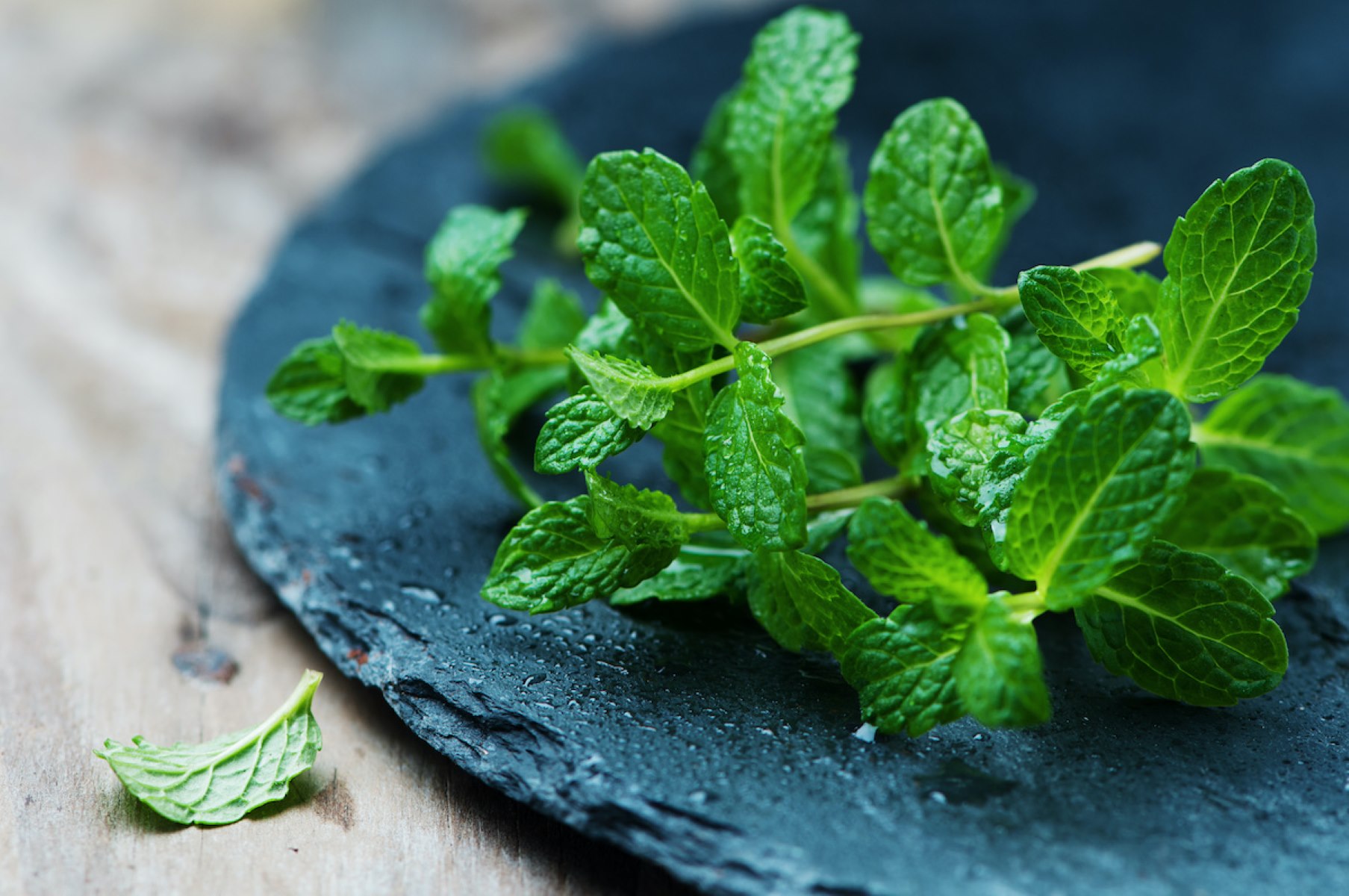
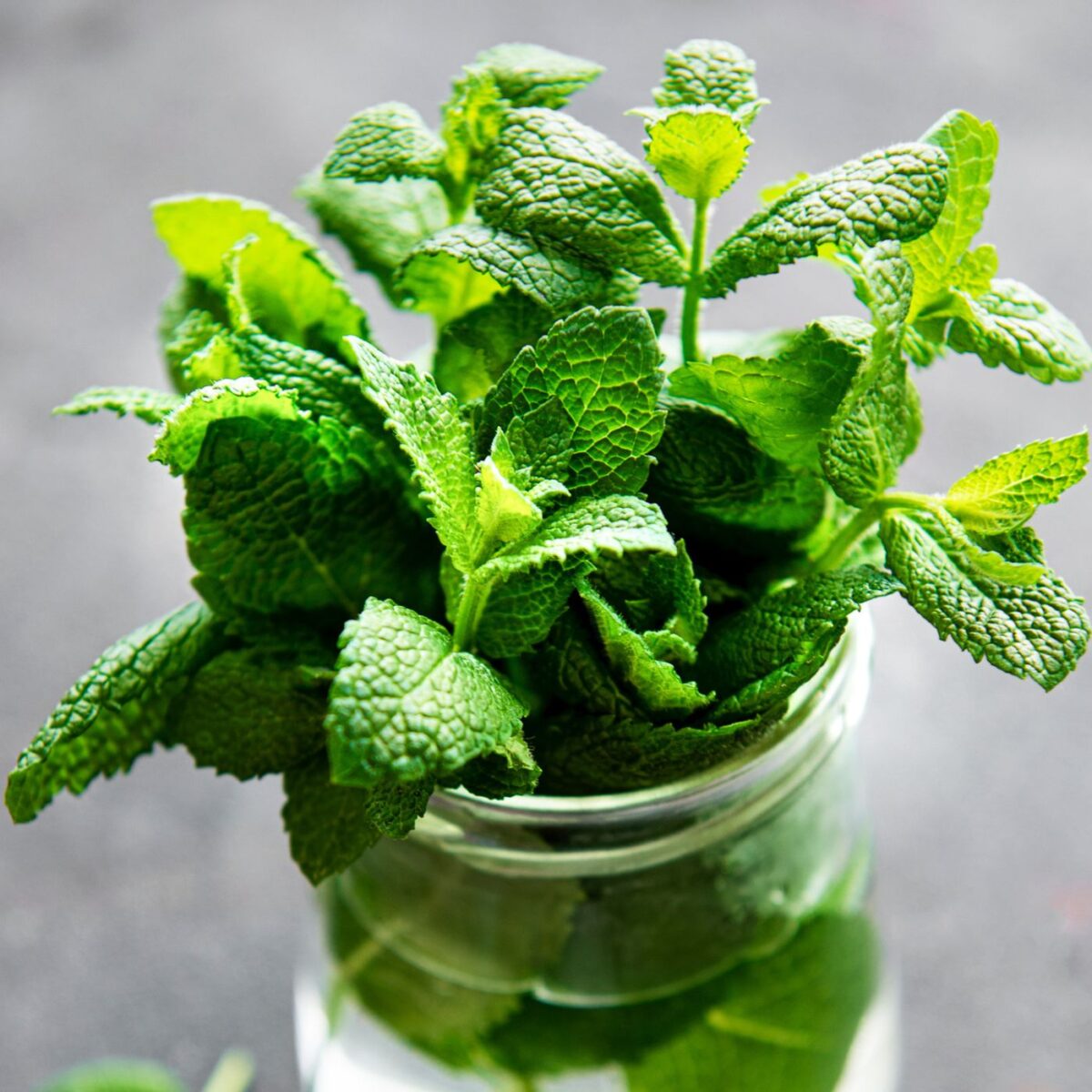
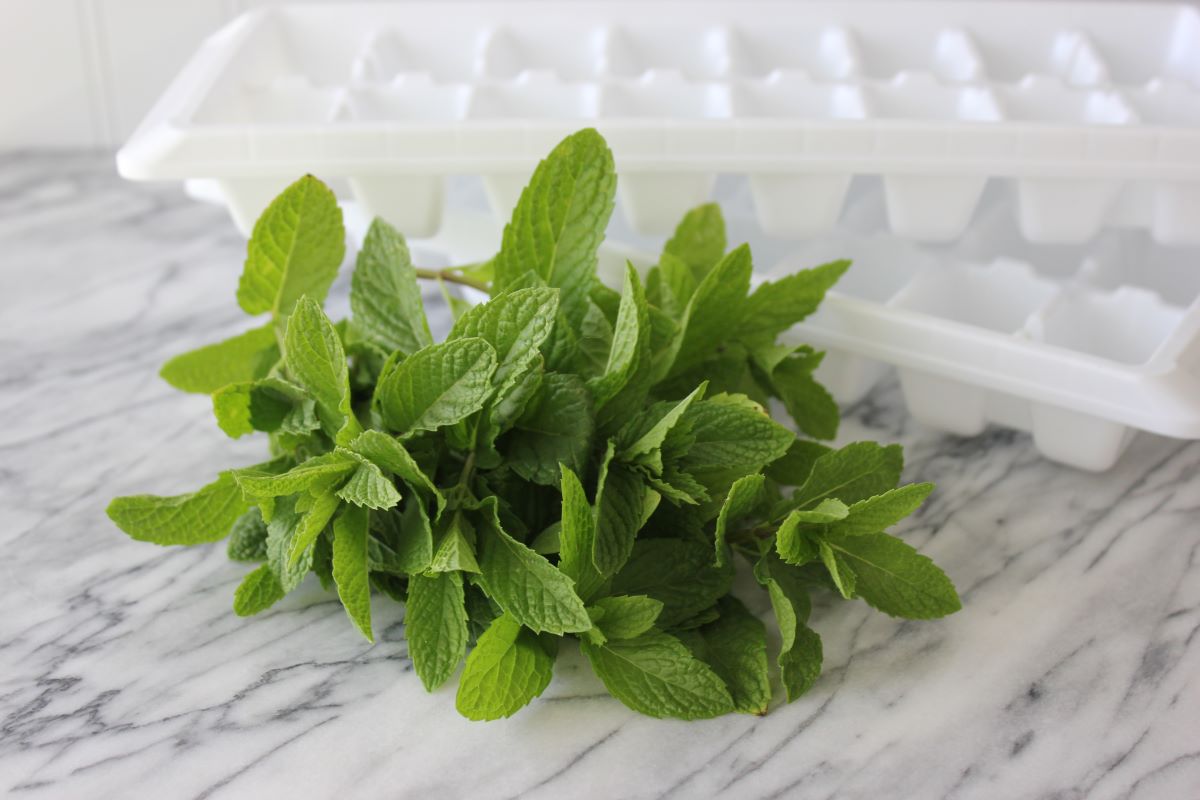
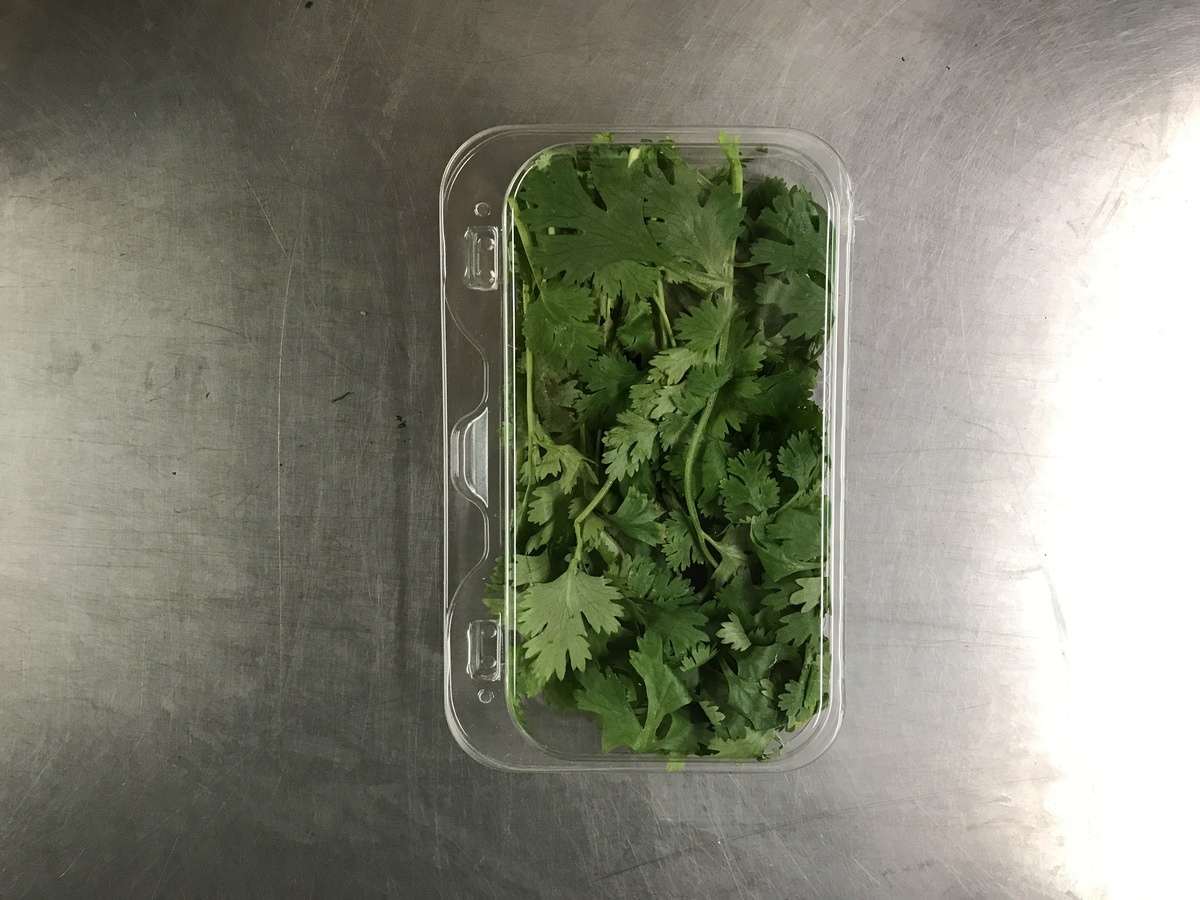
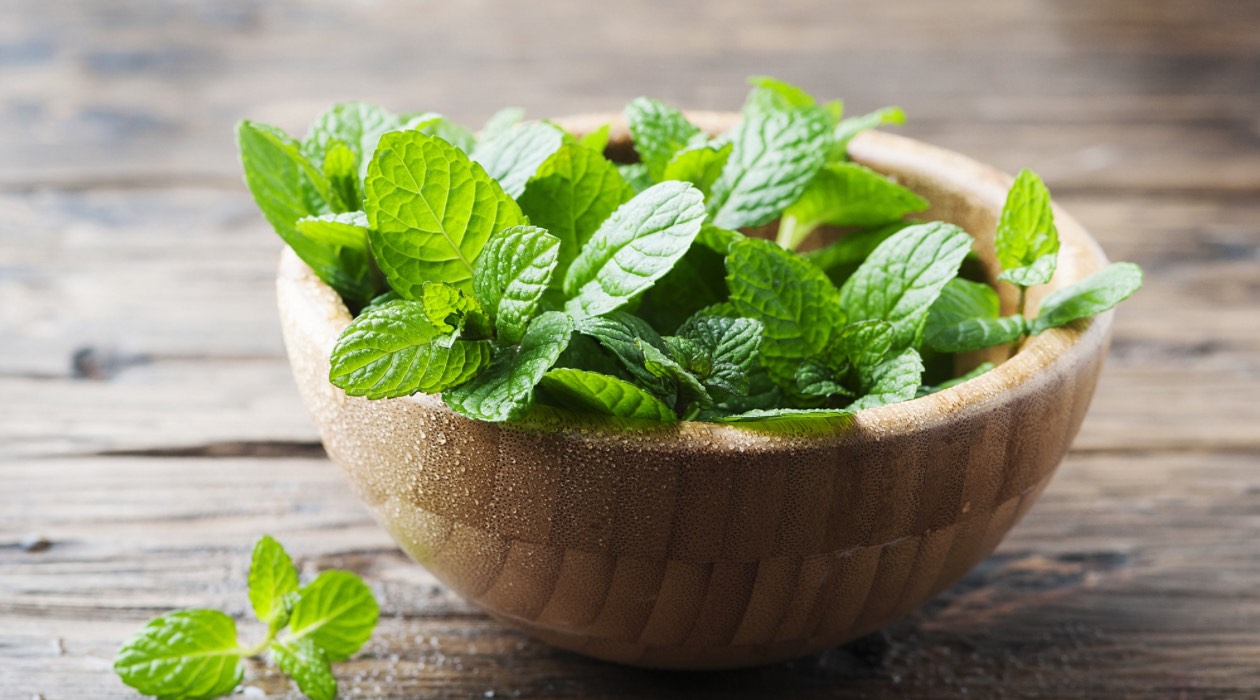
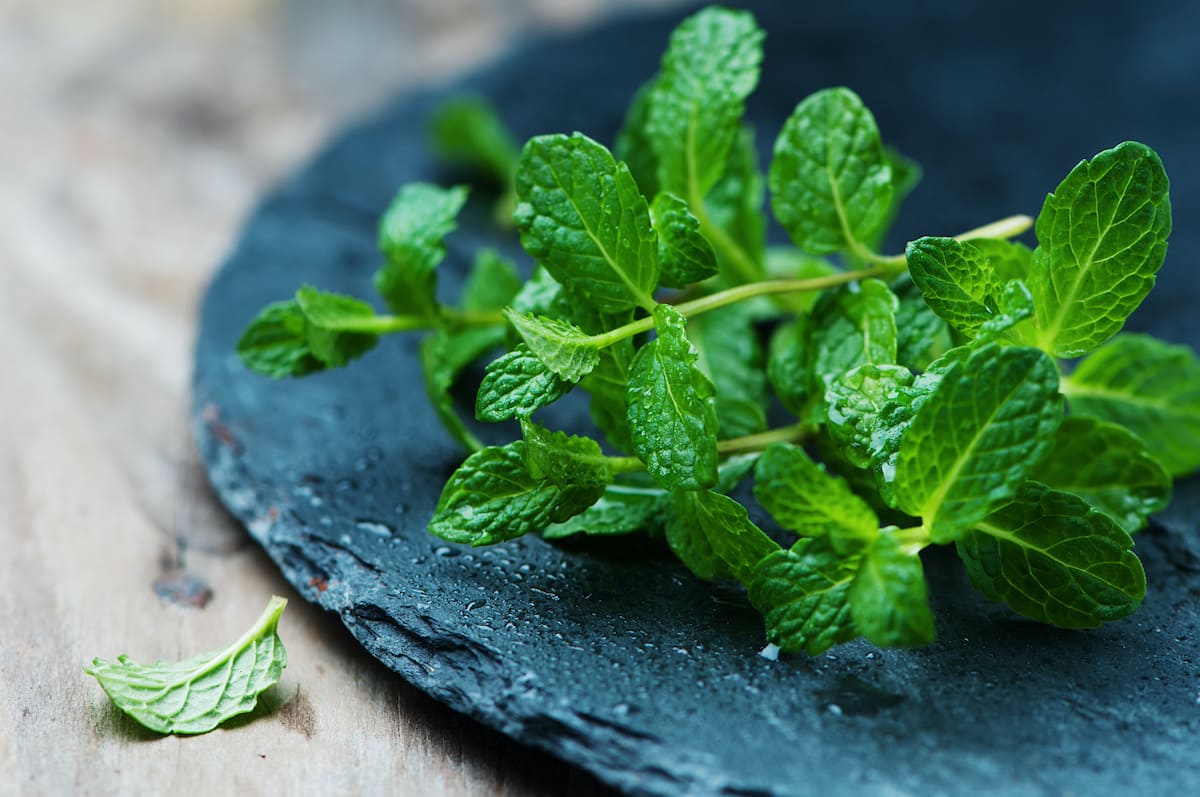
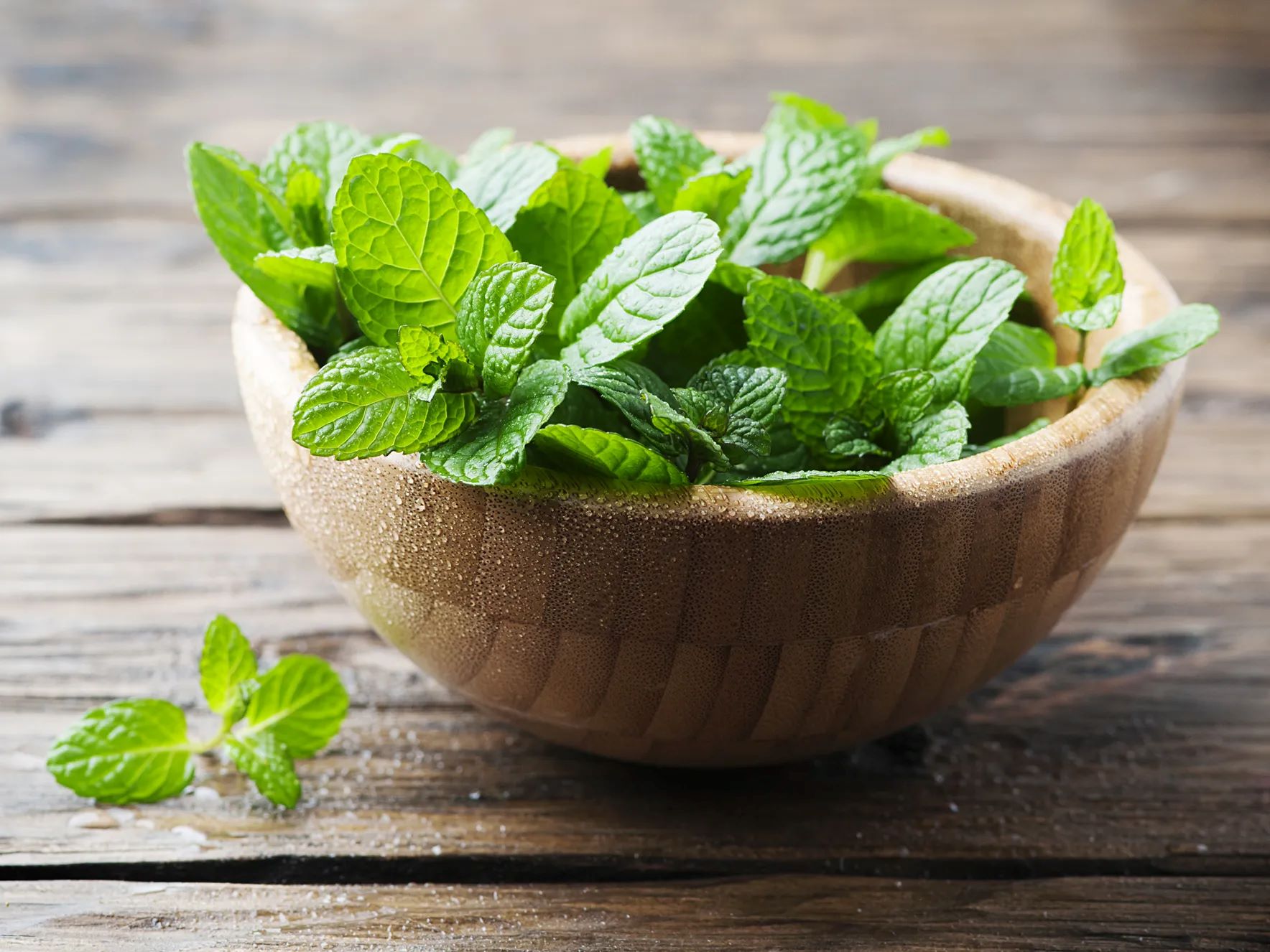
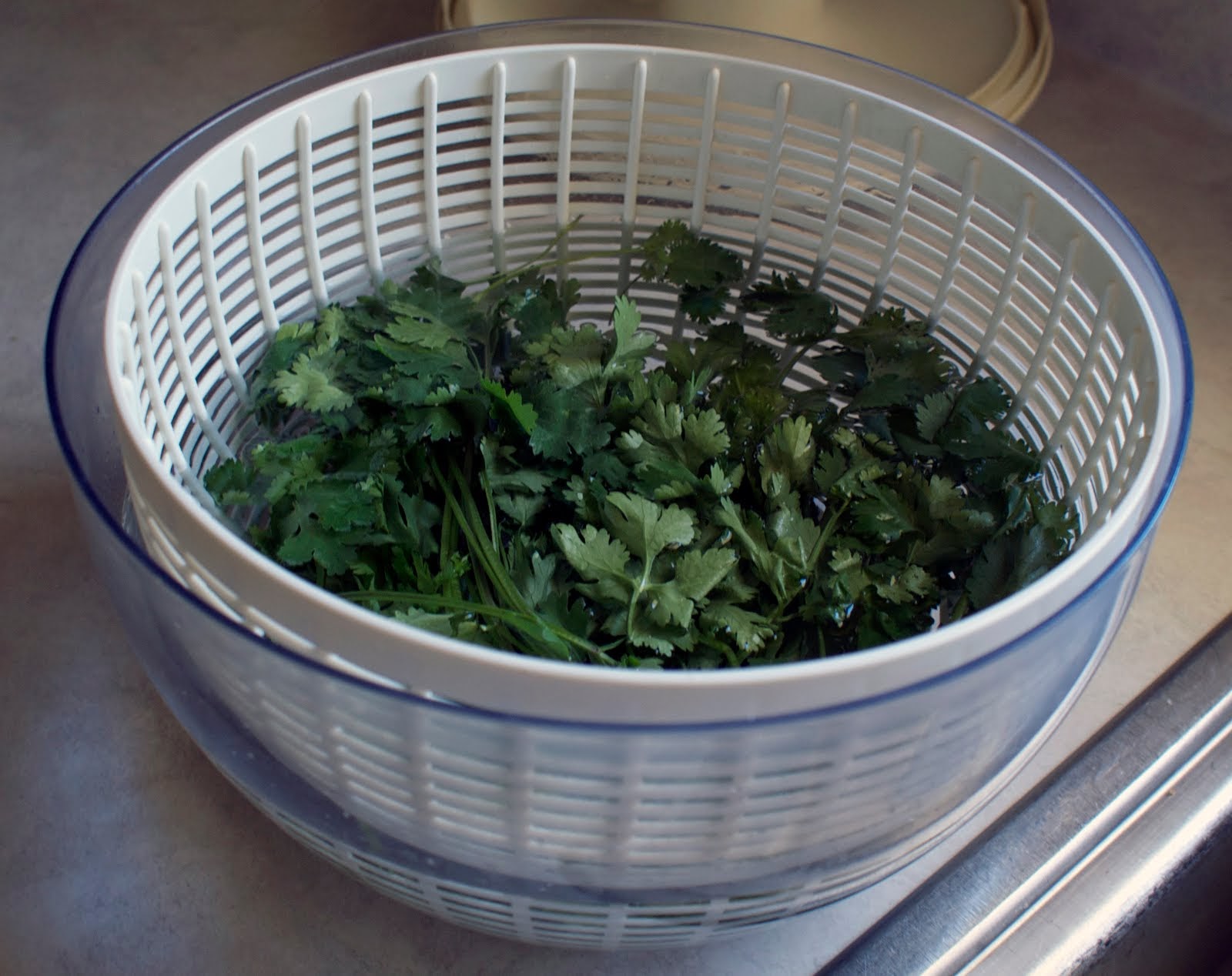

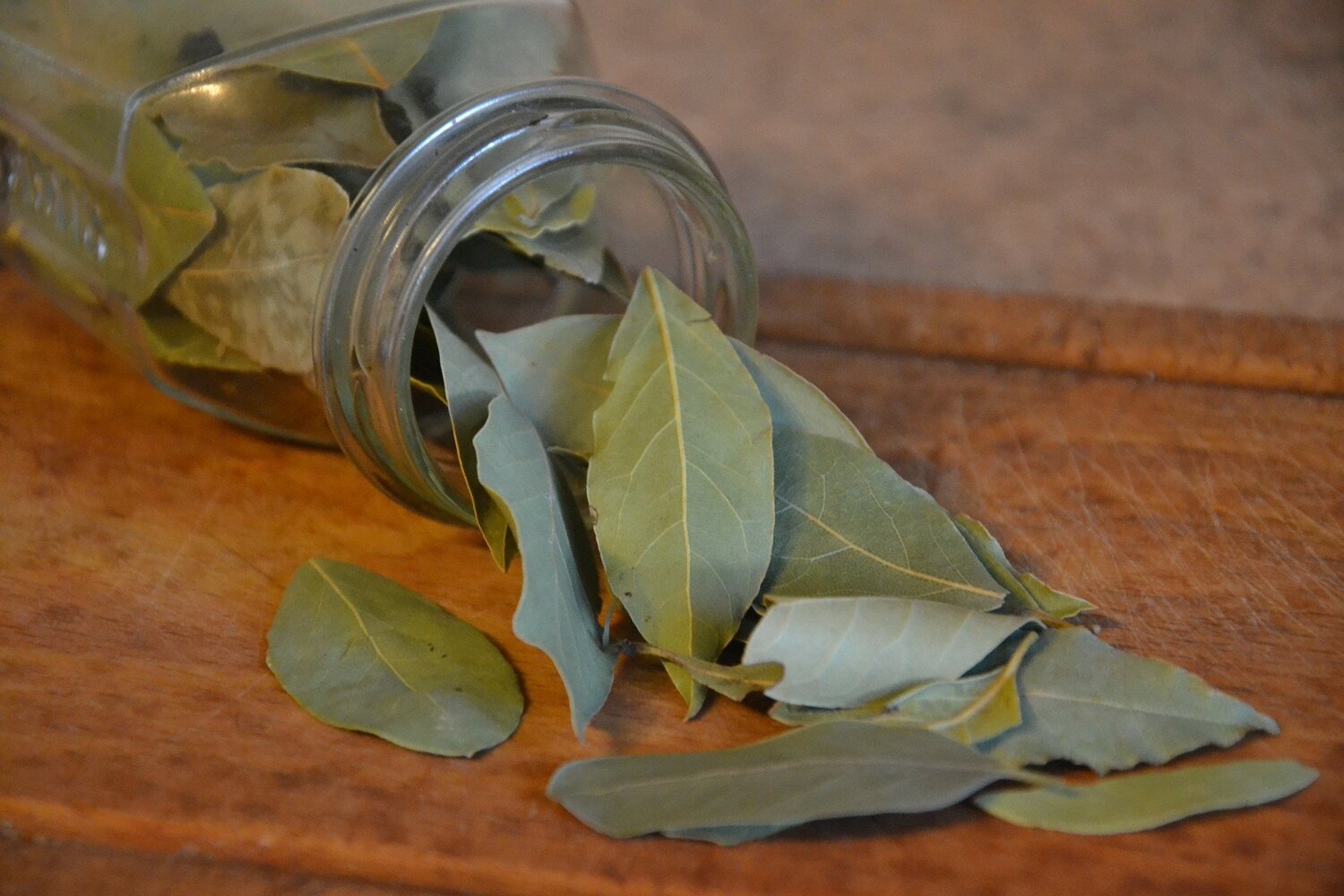
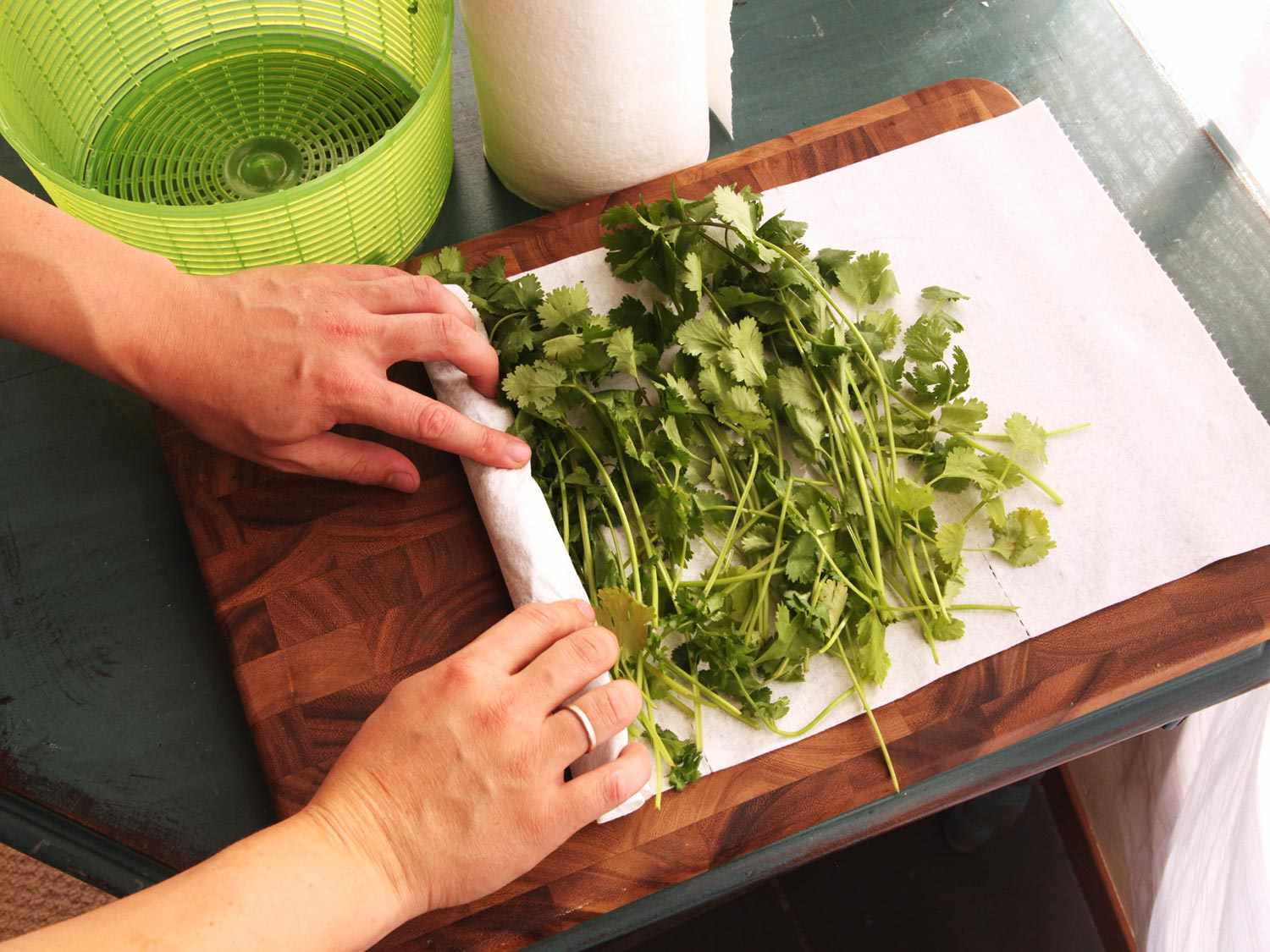
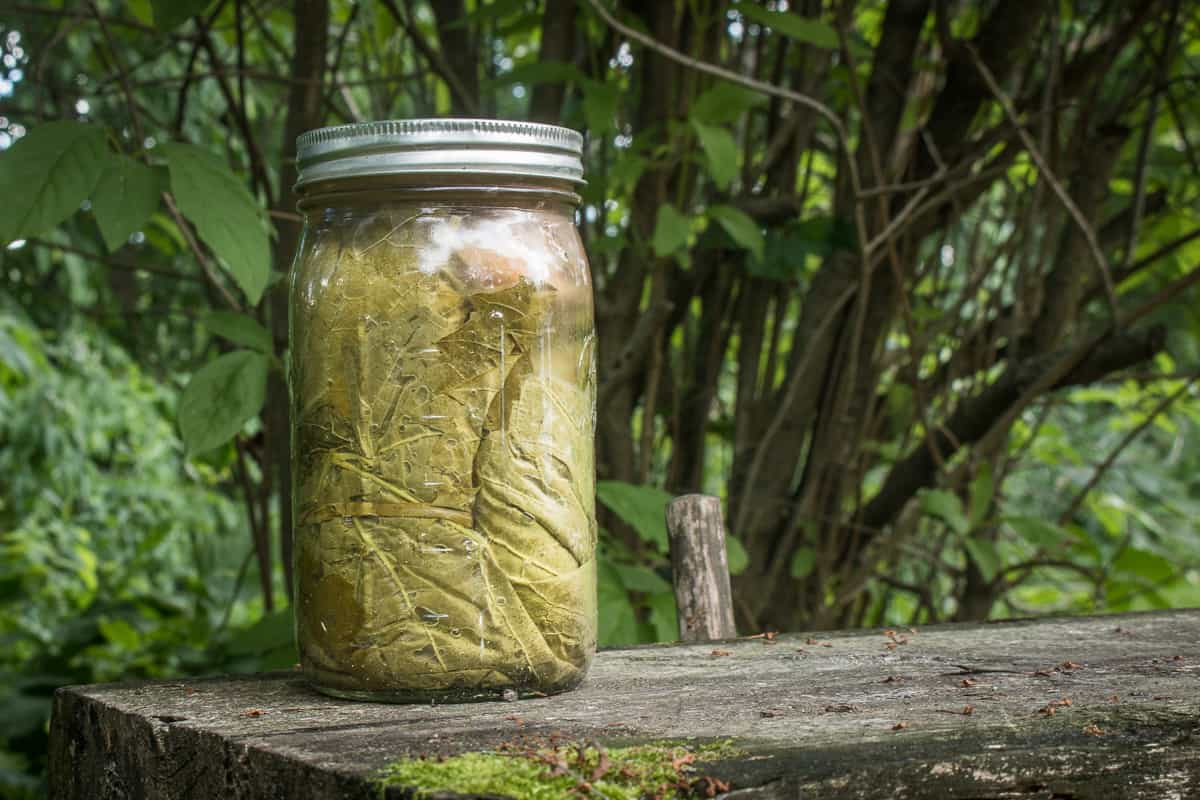


0 thoughts on “How To Store Mint Leaves”